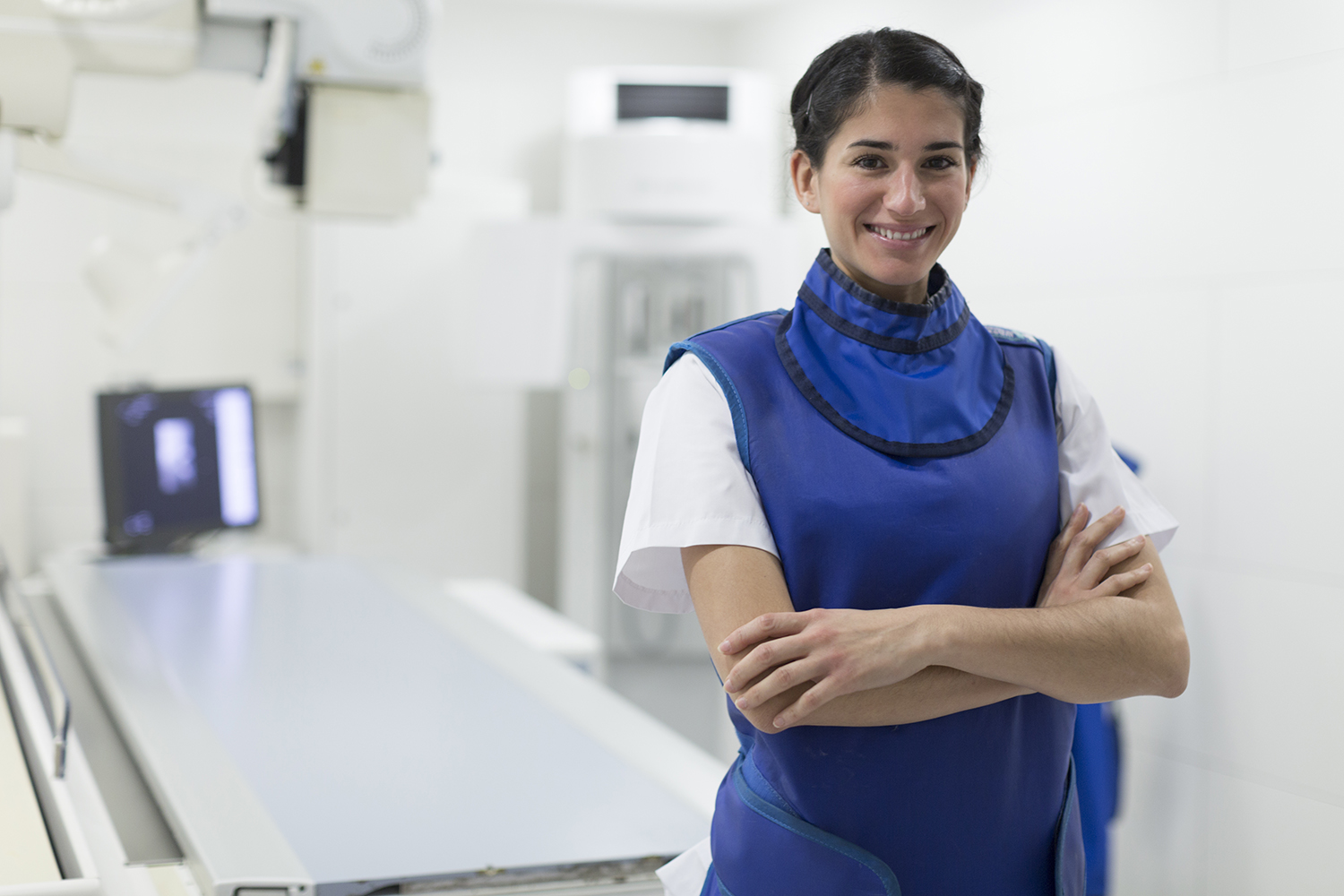
4 minute read
RANZCR: Radiology and the Confidence Question
Strictly Anecdotal Evidence
Only three days into my new publications role at the College, I (very) unfortunately was hit by a car on a pedestrian crossing in a blink-of-an-eye accident which could just have easily not happened. I was collected from the kerbside by ambulance and whisked to St Vincent’s Hospital, Darlinghurst and… scanned. First by CT scan, then by X-ray.
When I came to from the effects of ketamine and morphine administered at the scene, I gradually and haphazardly pieced together my new and radically altered reality. But what really defined that reality for me was the results of the scans. I learnt that my injuries were confined to my leg, in essence.
It was this knowledge—that I didn’t have spinal or brain damage, that I had sustained a broken femur which, while a major injury, was fixable—that calmed me down and brought me out of shock.
This knowledge, gleaned from the scans, delivered the basic confidence which allowed me to withstand the following six months of pain and discomfort, particularly at times when all external indicators seemed to point in a different direction. Had I relied solely on what I could discern or what I was experiencing during that time I would have been considerably more scared and anxious.
The X-ray taken on admittance guided the surgeons while they performed what was, for them, a routine operation and anything but for me as it was my very first experience of a trifecta of a broken bone, surgery and a hospital stay. The follow-up X-rays initially showed non-union of the bone and then gradual union as well as a seemingly astounding amount of titanium and a worrying number of fragments which still looked distinctly out of place.
Once again, the anxiety induced by non-union—all the what ifs and if nots— was answered by the consequent X-ray where a small, slightly darker smudge indicated some healing. Or, at least, so I was informed. I myself would not have read it as anything particularly spectacular or noteworthy. But it was a smudge I came to appreciate.
My most recent X-ray (my last for at least three months) was easier to read for me, as I was able to see it side by side with the previous one and compare the differences. I could see the changes and it only further assuaged any lingering doubts I had about using my leg as normally as possible.
All the scans in the course of my recovery functioned as touchstones of fact in a kind of sea of uncertainty, providing much-needed confidence in a new actuality where I could no longer have confidence in my leg to do what it had always done.
It may well have been excessive as background research for joining the College (!) but I do now have very particular, first-hand experience of the fundamental role radiology can play in treatment and recovery.
I was shown exceptional care and support as an inpatient and outpatient within a healthcare system that delivered.
Lindy Baker | editor@ranzcr.edu.au










